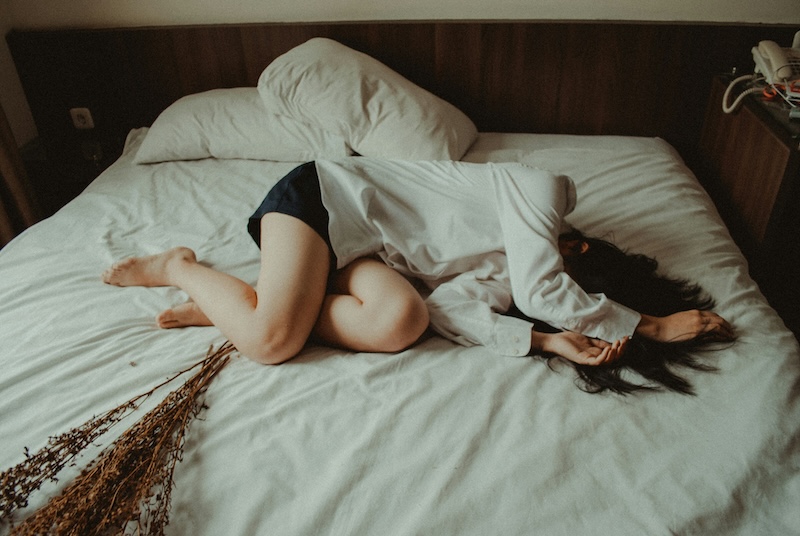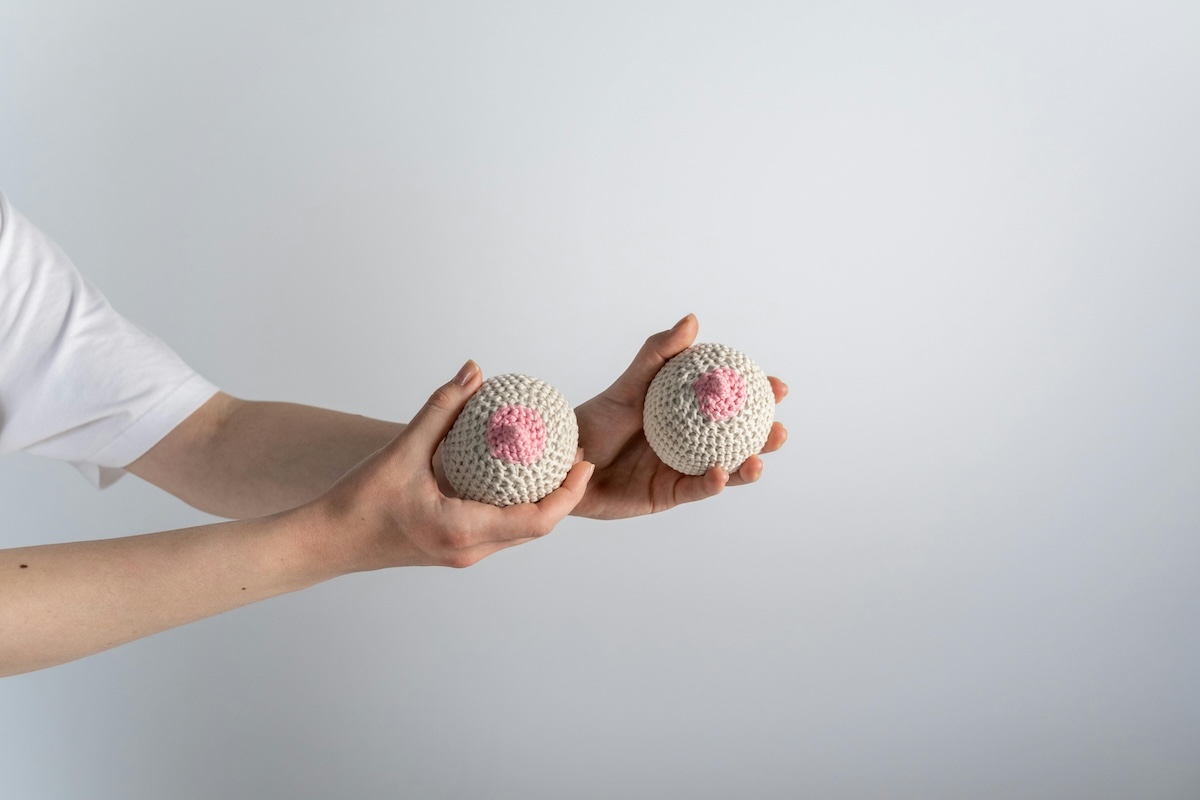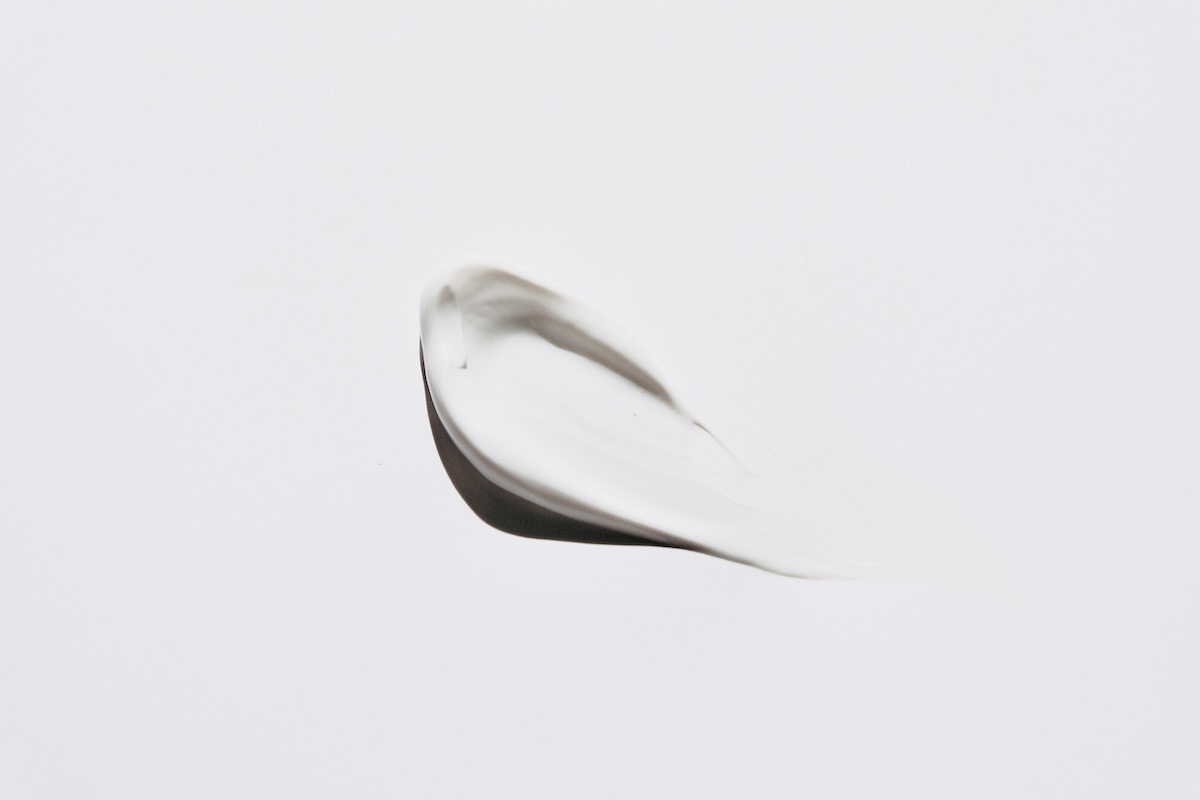There’s a patient I have taken care of for many years. I first started seeing her for polycystic ovarian syndrome (PCOS). In the time I have been helping her manage that condition, she was diagnosed and treated for estrogen-receptor-positive breast cancer. As part of that treatment, she had a hysterectomy and oophorectomy (surgical removal of the uterus and ovaries).
Surgical menopause was a key step in preventing the recurrence of her breast cancer, but the sudden and total withdrawal of estrogen left her feeling terrible. She had frequent hot flushes and night sweats. Her sleep was so disrupted that she was exhausted and depressed. Her joints ached.
This is one of several cases, including breast cancer, uterine cancer, a history of blood clots, and some clotting disorders, where estrogen is absolutely contraindicated. Estrogen would significantly increase the risk of breast cancer recurrence.

My patient wanted to know what the options are for those women suffering significant menopause symptoms who can’t take estrogen. Until recently, we had very little to offer. Luckily for my patient and others like her, the options for non-hormonal menopause treatments are expanding.
The landscape before 2023
Prior to 2023, there were no medications indicated to treat the symptoms of perimenopause other than estrogen. We had repurposed a number of other medications — this is called prescribing off-label — all of which have mixed results regarding their efficacy.
Some antidepressants have been used. Both SSRIs and SNRIs have been studied. In a pooled analysis of 10 double-blind placebo-controlled trials, the authors found that the SSRIs fluoxetine (Prozac) and paroxetine (Paxil) and the SNRI venlafaxine (Effexor) reduced the frequency of hot flushes. Paroxetine appeared most effective, with a reduction in frequency of about 60%. Neither SSRIs nor venlafaxine worked for all the women in the trials: 50% to 70% of women receiving the active drug did not see any reduction in their hot flushes.
The anti-seizure medication gabapentin has also been studied. The same pooled analysis above included three studies of gabapentin. It appeared to reduce the frequency of hot flushes by 40% to 60%. However, it seemed to be effective for only about half of the women studied. Gabapentin has a short half-life, meaning the effects wear off in five to seven hours, and the medication makes people very drowsy. As a result, many women will take gabapentin to treat their night sweats and get some sleep, but they often still have significant daytime symptoms that are untreated.
The advent of Veozah
In May 2023, the FDA approved the first non-hormonal treatment specifically indicated to treat hot flushes and night sweats, called Veozah (fezolinetant). It is a single-dose once-daily pill.
To understand how the new drug works, it’s useful to know that estrogen binds to receptors in the brain that help regulate body temperature. When estrogen levels fall, there is no estrogen to act in those receptors. As a result, our brain becomes much more sensitive to small changes in core body temperature. We experience this sensitivity as hot flushes and night sweats.
Veozah is a new kind of drug that binds to the same receptors in the temperature center in the brain as estrogen and acts like estrogen, but only at those particular receptors. In clinical trials, it was shown to reduce the frequency and severity of hot flushes and night sweats by more than 60%. After 12 weeks on Veozah, 60% of the study participants receiving the highest dose of the drug — that is, the dose that is available by prescription — saw at least a 50% reduction in the frequency of their hot flushes. Participants saw a reduction in symptoms after just one week of taking the medication.
Despite the fact that Veozah is targeted specifically at the temperature center in the brain, many women also reported significant improvement in sleep. This is likely because their sleep disruption was driven at least in part by their night sweats, so reducing their night sweats also resulted in improved sleep.
Veozah is quite well tolerated. In rare cases, it can cause an elevation in enzymes on liver tests, but the values return to normal when the medication is stopped. It is recommended that a woman’s liver is monitored while she is taking the medication, but this is done via a simple, inexpensive blood test.
Veozah is currently widely available with a doctor’s prescription. The feedback I have received from my patients so far has been overwhelmingly positive.
Coming down the pike
A second non-hormonal treatment for menopause symptoms is making its way through the drug development pipeline: elinzanetant (this one doesn’t yet have a catchy brand name). Like Veozah, elinzanetant acts like estrogen on the temperature center in the brain. But it also acts like estrogen in parts of the brain that seem to be responsible for estrogen’s direct effects on sleep.
Bayer, the maker of elinzanetant, has completed and published the results of a type of clinical trial, called a Phase 2 trial, intended to show that the drug is safe and effective. In that trial, elinzanetant significantly reduced the frequency of hot flushes. Similar to Veozah, effects were seen within a week of starting the medication.
The medication also reduced nighttime wakings, and participants reported significant improvements in the quantity and quality of sleep, as measured by a tool called the Insomnia Severity Index.
The final trial required for FDA approval, a Phase 3 clinical trial, has been completed, but the results of that trial have not yet been published. Bayer will then submit an application to the FDA for approval to market elinzanetant. At that point, it will also have a shorter, snazzier brand name. Current estimates suggest the new medication will be available in a year or so.
Estrogen is still the most effective treatment for menopause symptoms, but for some women, estrogen is not a safe option. The development of non-hormonal options that are safe and effective for those women is an important addition to our menopause toolkit.
The bottom line:
- There are a subset of women for whom estrogen is not a safe option for treating their menopause symptoms.
- Until recently, off-label use of SSRIs, SNRIs, and gabapentin were our best non-hormonal options for managing menopause symptoms, but they were not effective for all or even most women.
- Veozah is the first non-hormonal medication approved for treating hot flushes and night sweats. In clinical trials, it was more effective than the available off-label options.
- Additional non-hormonal medications for menopause symptoms are currently being developed.

















Log in
Really appreciate this info; thanks!